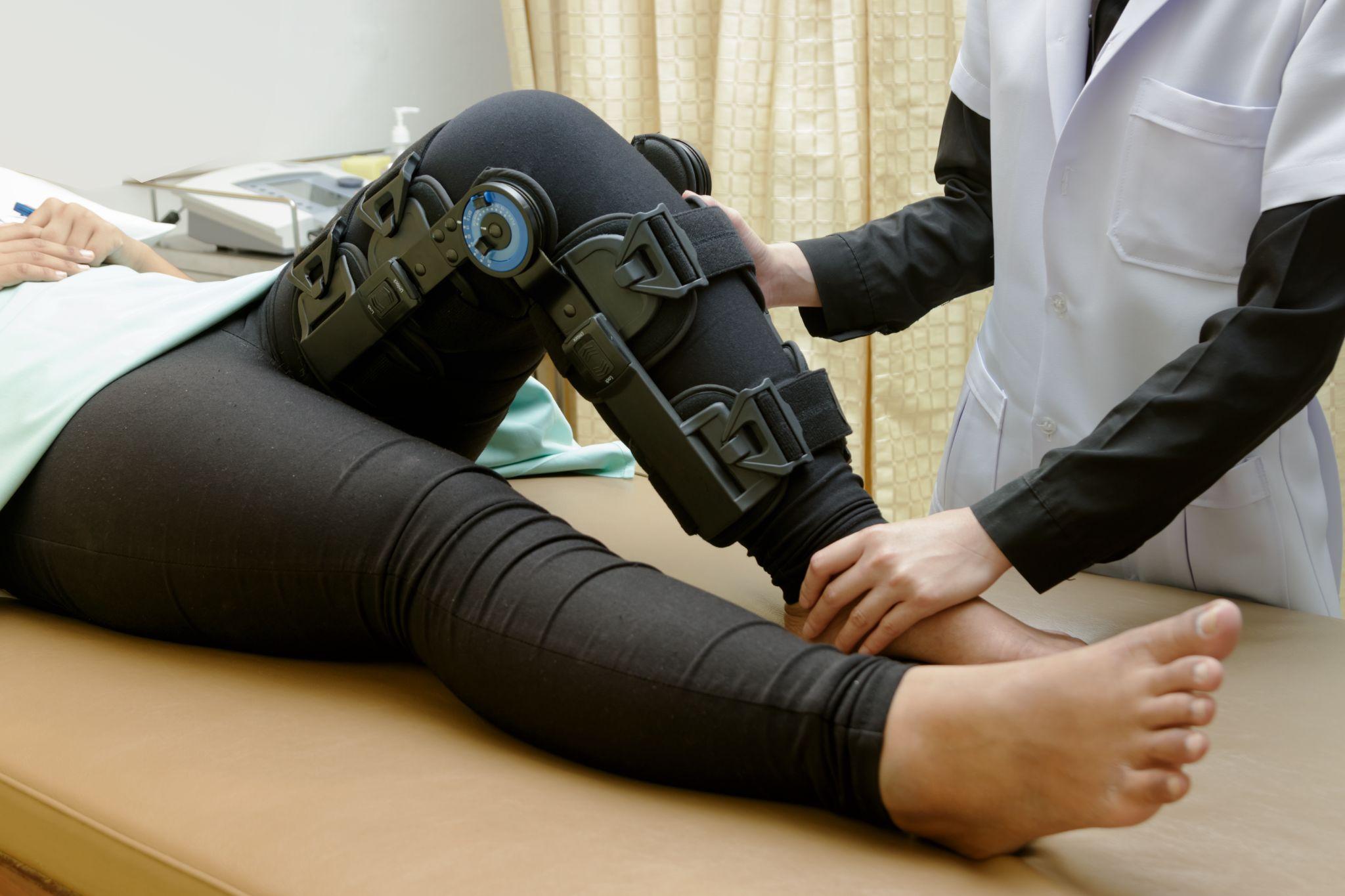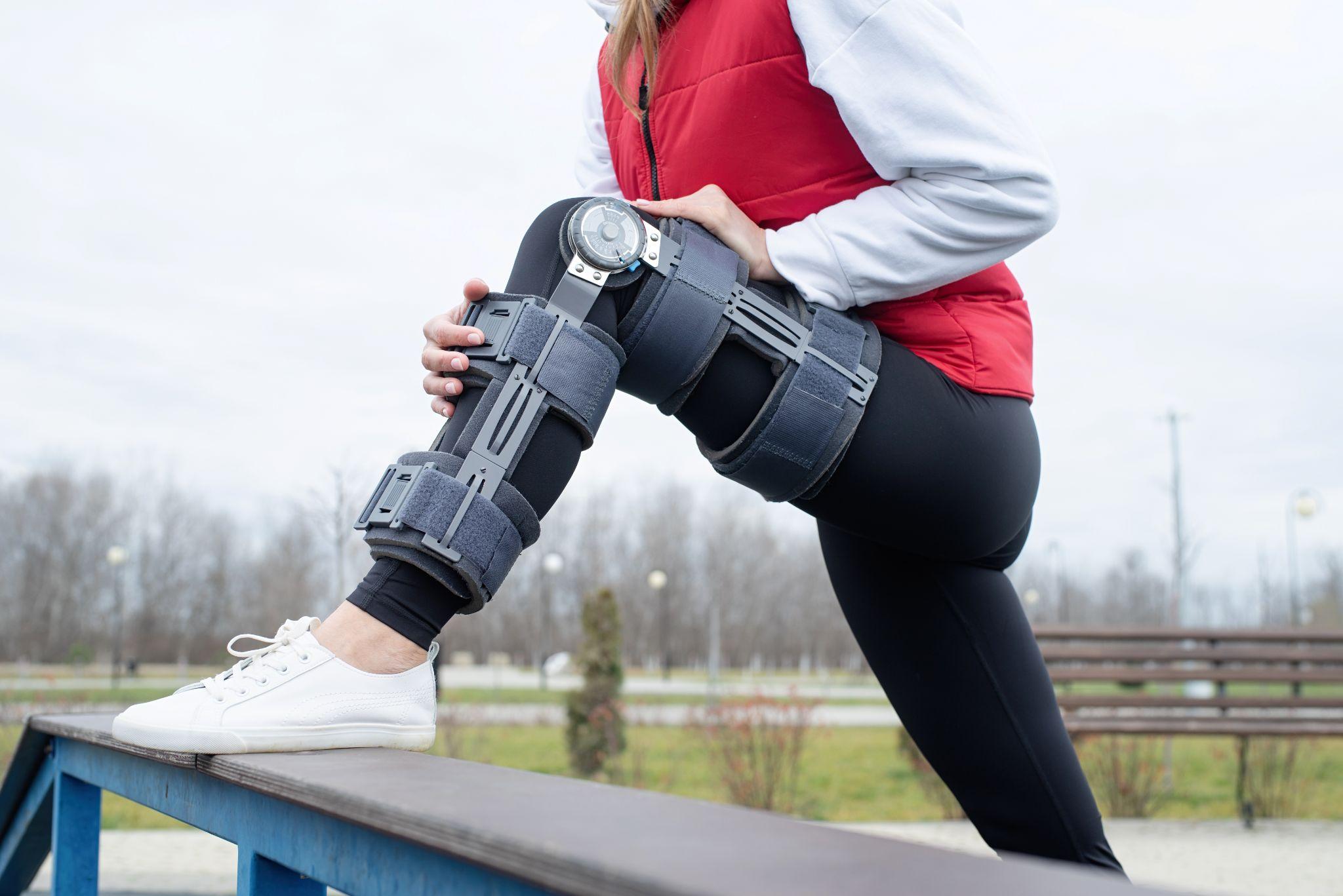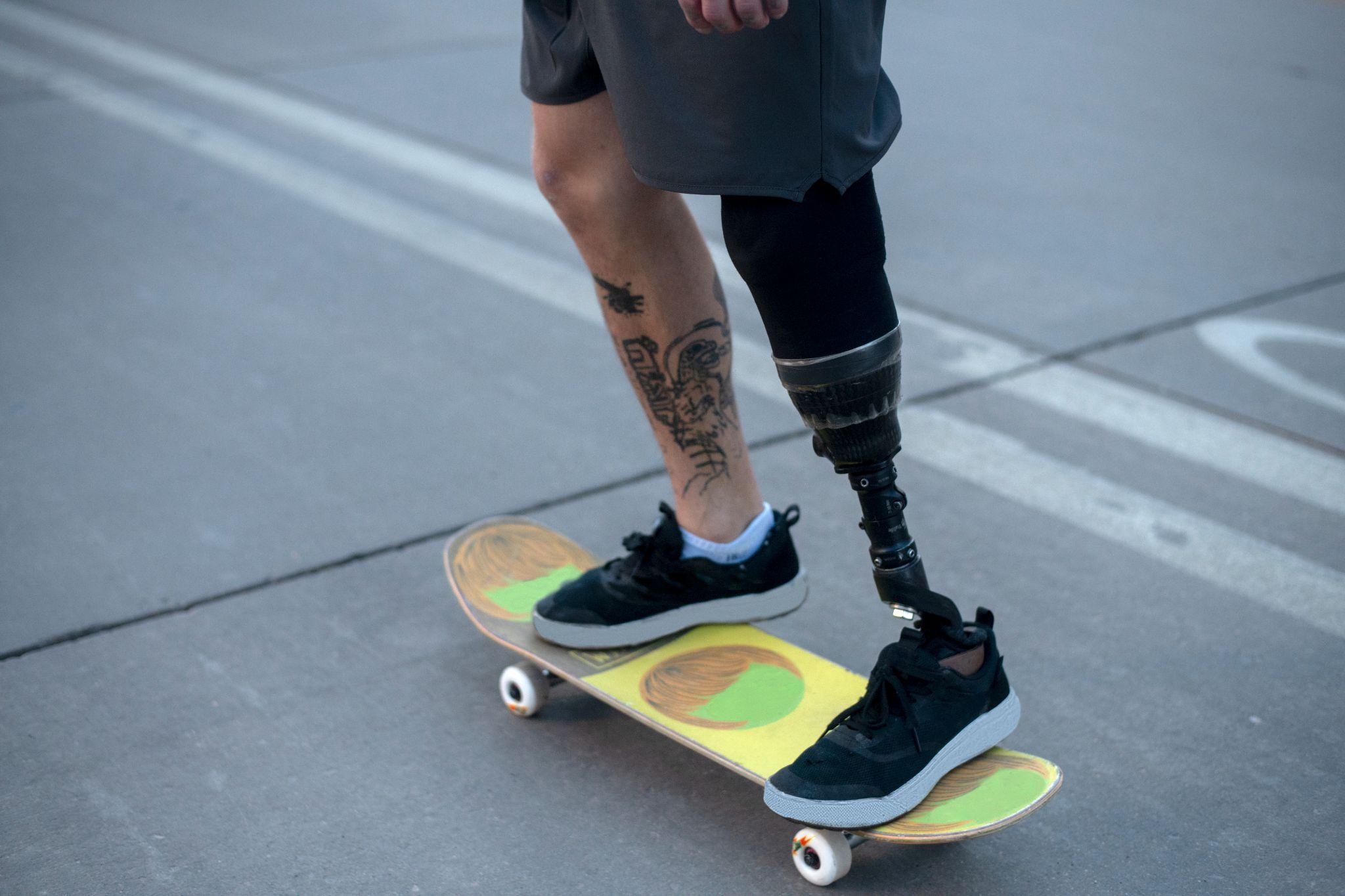Robotic-Assisted Joint Replacement: Is It Worth It?

Robotic-assisted joint replacement uses advanced robotic technology to enhance surgical precision.
Joint replacement surgery has revolutionized the lives of millions of people around the world who have arthritis or traumatic joint injury. Surgeons have long been relying on their technique and mechanical tools to perform such procedures.
Robotic technology has now started playing a crucial role in joint replacement. It can deliver higher accuracy, less pain, and a quicker recovery. Is robotic-assisted joint replacement, however, worth it?
What Is Robotic-Assisted Joint Replacement?
Robotic-assisted joint replacement is a type of surgery where a physician uses the assistance of a robotic system to help replace a joint. The robot does not replace the physician. Instead, it is more akin to an intelligent assistant that helps the physician during the procedure.
The main difference from traditional surgery is how accurate it is. Traditional surgery depends on the surgeon's hand and judgment to a large extent, whereas robotic surgery utilizes advanced imaging, computer programming, and a robotic arm to ensure the implant is placed in the right spot in the ideal position.
What this means is that the surgeon has more help and real-time feedback, which makes the surgery more accurate and specific to every patient.
The Way Robotic-Assisted Surgery Works

Patients experience faster recovery and improved mobility compared to conventional surgery.
The surgery begins preoperatively. The patient receives enhanced imaging, such as a CT scan, in order to obtain a 3D picture of the joint. From the model, the surgeon can then plan the exact size, position, and alignment of the implant.
The robot is brought into the operating room on the day of surgery. The surgeon controls a robot arm along the predetermined path. The system facilitates correct cuts in the bone and spares adjacent tissues.
One of the myths is that the robot performs the surgery independently. Not true. The surgeon is fully in charge all the time. The robot assists only by guiding and preventing mistakes.
Robotic-Assisted Joint Replacement Benefits
Robotic-assisted surgery offers a number of potential benefits:
- More precision and accuracy: The implant is placed more accurately, potentially leading to better joint function.
- Personalized treatment: Since the procedure is pre-planned on a 3D model, the implant is a better fit for the patient's unique anatomy.
- Less tissue and bone damage: The robot allows for smaller, more accurate incisions, causing less damage to healthy tissue.
- Less post-operative pain and swelling: With minimal tissue trauma, the patient will experience less pain in the first few weeks.
- Faster recovery: The patient can walk earlier, can go home earlier, and can get back to daily activities sooner.
- Better long-term functioning: Accurate placement may reduce wear and tear on the implant, possibly increasing its lifespan.
Potential Disadvantages and Risks
Although it has numerous advantages, robotic surgery does have disadvantages too:
- Higher cost: Robotic surgery usually costs more than traditional surgery because of the expense of the computerized equipment and the other specialized apparatus.
- Restricted availability: Not all hospitals have robotic units, and not all surgeons are trained to use them.
- Extended operating time: Occasionally, the surgery takes longer because of extra planning and preparation.
- Routine surgery risks remain: Infection, blood clots, or complications may still happen, as with routine surgery.
- Robot-specific risks: There may be problems such as pin-site infection or technical failure with the equipment.
Cost Comparison – Traditional vs Robotic Surgery
Another key distinction between traditional and robotic joint replacement is cost. Robotic surgery typically costs more due to:
- The high cost of the robot system itself.
- Disposable instruments are used during surgery and are not reused.
- The cost of advanced scans, such as CT imaging.
- More time spent in the operating room.
While the upfront cost is higher, some feel it saves money in the long run if it reduces complications or the need for revision surgery. But this benefit is not guaranteed for everyone.
Who Should Undergo Robotic-Assisted Joint Replacement?

Robotic assistance improves implant longevity and reduces the risk of complications.
Robotic-assisted joint replacement is not always indicated for all patients. It is usually more helpful in:
- Patients with severe arthritis or complex joint deformities.
- Younger patients for whom they want the implant to endure their entire lifespan.
- Patients such as those with atypical bone shape or alignment issues necessitate very precise placement, and those who prefer faster recovery with minimal pain.
For the majority of uncomplicated cases, simple joint replacement by an experienced surgeon can deliver equally good results.
Patient Recovery and Experience
Patients often comment on recovery being less difficult in the immediate postoperative period with robotic joint replacement. They notice:
- Less pain and swelling in the first few weeks.
- Earlier walking and basic activity resumption.
- Reduced hospital stays in some cases.
The long-term recovery is typically the same as regular surgery, though. Complete recovery takes a few months and involves regular physiotherapy. Outcome depends on strict compliance with the rehabilitation program, whether the surgery was robotic or regular.
The Future of Robotic Surgery in Orthopedics
Orthopedic robotic technology is advancing rapidly. In the future, we can expect:
- Increased use of robotic systems as prices reduce.
- Incorporation with artificial intelligence to make planning more intelligent.
- Implants that can report on their performance within the body.
- Shorter recovery times as surgeons gain experience with the technology.
This is to say that joint replacement using robotic technology could be more available and affordable in the near future.
Conclusion
Robotic-assisted joint replacement is more accurate, has custom implant placement, and potentially faster recovery. But it is more costly, longer in some cases, and not always available.
Is it worth it, then? For the patient with complex conditions or for someone who wants the most recent option, it may be a good option. For others with less complex needs, traditional surgery is still a safe and highly effective option.
The best method of deciding is to discuss it with your orthopedic surgeon. They can clarify if robotic surgery would really help your case.
Frequently Asked Questions
1. What is robotic-assisted joint replacement surgery?
It is a form of joint replacement in which a doctor utilizes a robotic system to guide and assist in the planning of the surgery. The robot ensures accuracy and live feedback, yet the surgeon is always in command.
2. Is robotic joint replacement safer than traditional surgery?
Robot surgery is more accurate and minimizes some of the risks, like misplacement of implants. But both robot and traditional surgeries have the same general risks, such as infection or blood clots.
3. How costly is a robot knee or hip replacement?
Robotic joint replacement generally costs more than traditional surgery. The extra expense comes from the robotic system, specialized instruments, and imaging. The precise cost depends on the hospital, facility, and insurance.
4. What is a good candidate for robotic joint replacement?
Severe arthritis, atypical bone contours, or complex joint conditions are usually good candidates. Younger patients with the desire for longer-lasting implants may also benefit.
5. How quickly is the recovery after joint replacement surgery using robots?
The recovery is similar to traditional surgery but potentially faster in the early weeks. Patients get up and about early, are discharged sooner, and cause less pain. Full recovery is achieved in a few months with proper physiotherapy.
6. Is insurance coverage available for robotic-assisted joint replacement?
Insurance coverage varies with the provider and location. Some insurance plans have coverage for robotic surgery, while others do not offer coverage for the additional cost. One should call the insurance provider first before reaching a decision.